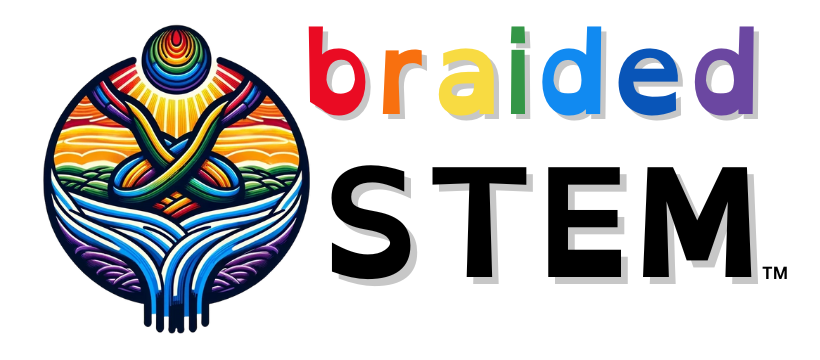Posts by DaNel Hogan
Lecciones de codificación sin conexión
Haga que aprender a codificar sea aún más divertido para los niños mediante el uso de actividades prácticas. Recurso para enseñar codificación en tu aula sin computadoras. Lleva a nuestros alumnos más jóvenes a las aventuras de codificación.
Read MoreIDEAS Engineering Journal
The IDEAS Engineering Journal is designed to be used to engage students to iterate through then engineering design process using a starting model of something they have built. Two looper airplanes, pool noodle rockets, and rattle writers (aka doodle bots) are some examples you might consider. Peer critique is incorporated into the journal. It can…
Read More#1 Colección de lecciones para jóvenes estudiantes
Lecciones de STEM y STEAM (ciencia, tecnología, ingeniería, artes y matemáticas) para involucrar a nuestros estudiantes más jóvenes de 3 a 8 años. Lecciones escritas para educadores de la primera infancia y entrenadores de aprendizaje. Cada lección incluye instrucciones y una explicación de STEM detrás de las lecciones. Muchas de estas lecciones también se pueden…
Read MoreLEGO STEM Activities for a Preschooler
17 ideas for engaging young learners using LEGOs
Read MoreREAL Primary Colors Book
What are the primary colors? If you ask a physicist, they will have to ask you a question back. Are you talking about the primary colors of light, used for color addition, or the primary colors of paint, used for color subtraction? Use this book as a resource to learn what the REAL primary colors…
Read MoreBocadillos científicos
Los Bocadillos son experimentos científicos interactivos puestos a prueba por educadores que utilizan materiales comunes y baratos. Explora la colección en español.
Read MoreEl Proceso de Diseño de Ingeniería
Notice Phenomenon and Wonder Question Journals
Notice Phenomenon and Wonder Question Journals come in formats that are printer friendly and in Google classroom versions for both Slides and Docs. Great tools for helping students notice and wonder how the world works! Journal version included below include Notice Phenomenon and Wonder Question Journal. This is both pieces together and requires some assembly.…
Read MoreBinary #MicDropMath Multiply This
The following lesson engages students to explore exceptionally old algorithms used by Russian and Egyptian people to multiply two numbers together. It turns out these two algorithms are connected to the binary number system, which also serves to demonstrate that the binary number system was not invented to be the language of computers. It has…
Read MoreBinary #MicDropMath Cards
There are five versions of the Binary #MicDropMath Cards below. To perform the Binary #MicDropMath, print out page one of the binary number cards. (NOTE: You only need to print these double-sided to include page two on the backside if you are using them with younger children who can’t yet add numbers but can count…
Read More